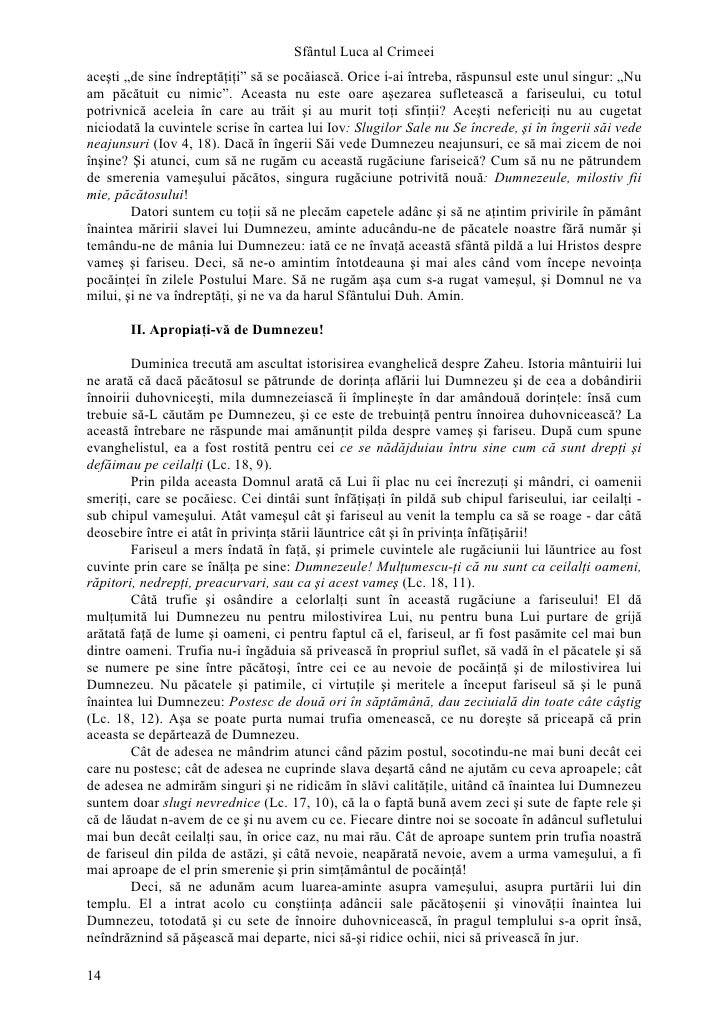

#WOLFRAM MATHEMATICA TUTORIAL PDF COLLECTION HOW TO#
We will present details of how to code problems so that built-in Mathe-matica functions can digest them and will illustrate with a variety of examples. Ways to apply this technology to various problems in discrete optimization will be discussed. It includes powerful functionality from the category of evolutionary programming. Version 4.2 of Mathematica has a flexible package for performing global opti-mization. Hence there is a need for more refined methods that use various tactics for sampling and searching the domain in pursuit of optimal solutions. Problems of practical interest are frequently too large to be solved by brute force enumeration techniques.

Examples are the standard problems of integer pro-gramming (including the ever important "knapsack problems"), permutation assignment problems (e.g., the notorious "traveling salesman problem"), set coverings, set partitioning, and so on. Many important classes of optimization problems are discrete in nature. This algorithm is expected to be effectively applied to design a new electric propulsion ship or to convert an existing ship to an electric propulsion ship. The proposed algorithm represents the research results for determining the basic EPS specifications for a small craft and deriving an optimal arrangement for these specifications. The differential evolution algorithm was used for optimization, and the effectiveness was verified by applying this algorithm to the actual design of a small craft. Moreover, to control the stability of the craft, we developed an algorithm that optimally arranges EPS components, wherein the center of gravity is used as an object function. In this study, we developed an algorithm that determines the optimal electric motor and battery specifications for the basic requirements of a small craft equipped with an EPS. Generally, because of the low energy density of the battery, EPS-equipped vehicles experience the disadvantages of limited operating time and distance compared to fossil fuel-based vehicles. Electric propulsion systems (EPSs) have been applied to various means of transportation, including cars, and many studies have examined ships equipped with EPSs. Given the stricter environmental regulations and rising oil prices, means of transportation based on eco-friendly fuel are drawing increased attention.

The experimental results on ITC'02 SOC benchmarks are encouraging compared with the improved quantum-inspired evolutionary (IQI), genetic algorithm (GA), the integer linear programming formulation (ILP) and heuristic approaches. Different mutation operators and evolutionary strategies are combined to get optimal results. The different evolutionary strategies are adopted to accelerate effectively convergence without loss in population diversity as far as possible. A new hybrid mutation mechanism based on the probability estimation operator is introduced in the paper for better handling test scheduling, where the first variation coefficient stays the same but the second variation coefficient changes with iterative times. We present a modified differential evolution (MDE) approach to solve the problems of test scheduling and test access mechanism (TAM) partition for system on chips. Test scheduling can enhance parallel test to minimize test application time at SOC system level. However SOC efficient test is still the bottle-neck issue. System on a chip (SOC) based on reusable IP core has been widely used in integrated circuit (IC) design and manufacturing. Results suggest that ancestral repair is a good general-purpose constraint handling technique - helping to explain why this strategy might have evolved in nature. The impact of background mutation rates on solution quality is also explored. The results show that very ancient (ancestral) repair templates perform best for larger problems, significantly outperforming the benchmark. The fitness of resulting populations are presented and compared to a benchmark technique using a random repair template. Building upon previous results this paper explores repair templates that originate across a range of ancestors, between one and many thousands of generations old. We adapt this natural template-driven genetic repair process (GeneRepair) to help solve constraint problems. (2005) controversially claim that the model plant Arabidopsis thaliana appears to repair genetic errors using information inherited from ancestors other than the immediate parents (i.e. This paper explores a naturally inspired genetic repair process to enforce constraints on evolutionary search. Handling constraints for combinatorial optimization problems is a classic challenge faced by genetic and evolutionary algorithms.


 0 kommentar(er)
0 kommentar(er)
